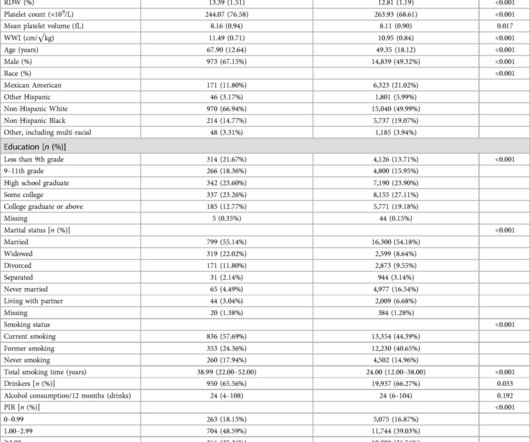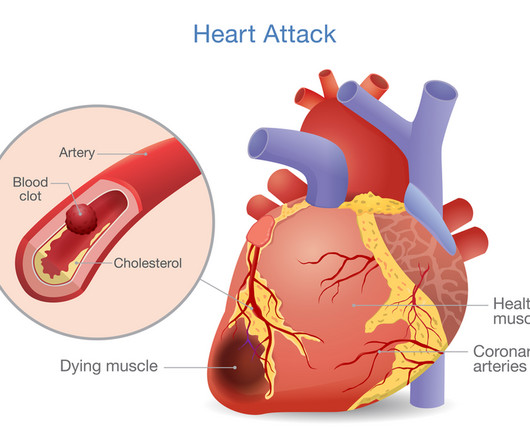Association between weight-adjusted waist circumference index and myocardial infarction: results from the national health and nutrition examination survey, 1999–2014
Frontiers in Cardiovascular Medicine
NOVEMBER 17, 2024
BackgroundWeight-adjusted waist circumference index (WWI) is a novel index related to obesity and has been associated with the risk and prognosis of several diseases. Multiple logistic regression and restricted cubic spline (RCS) analyses were conducted to assess both linear and nonlinear associations between WWI and myocardial infarction.











Let's personalize your content